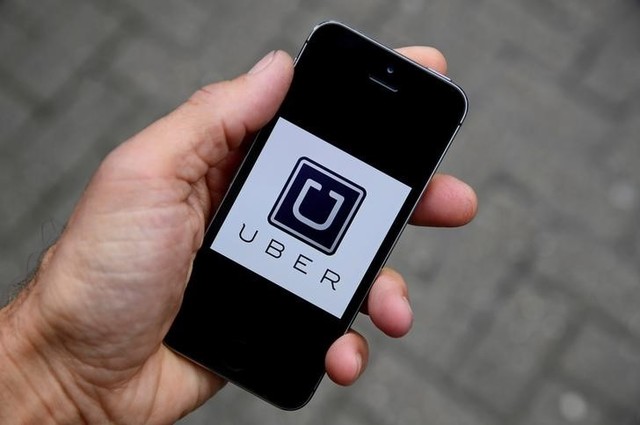Nearly 6,000 reports of sexual assault, including more than 450 cases of rape, were reported to Uber in the US in 2017 and 2018, the ride-sharing app revealed Thursday in its first-ever safety report.
Uber operates nearly 4 million trips every day in the US alone. The company said that “people have the right to know about the safety records of the companies they rely on every day.”
It’s the first time Uber has released the figures as the company and other ride-share firms such as Lyft face mounting pressure to confront the growing number of abuse complaints.
In 2017, Uber received 2,936 reports relating to sexual assault, and 3,045 incidents were reported in 2018.
Also Read: Uber Stripped of London Licence After Safety Failures
Despite the increase in reports of sexual assault, the ride-sharing app said the numbers actually represented a 16% decrease in the average incident rate, which measures the number of sexual assaults against the total number of trips that year — which increased from 1 billion in 2017 to 1.3 billion in 2018.
The company divided sexual assault into five categories ranging from “non-consensual kissing of a non-sexual body part” to “non-consensual sexual penetration.” Riders in fact accounted for nearly half of the accused parties in cases of sexual assault, the report revealed.
Uber received 464 cases of nonconsensual penetration over two years, and 587 reports of attempted nonconsensual penetration in 2017 and 2018.
The company also received 19 reports of fatal physical assaults related to its service over the two years.
The 84-page report comes nearly two weeks after the company said it would appeal the decision to revoke its license in London due to a “pattern of failures” on safety and security.
Uber operates in 70 countries, and has faced sustained criticism regarding safety on its platform.
Since 2017 the company has tripled the size of its safety team, and has added a new “In-App Emergency Button” safety feature. It is also conducting “more rigorous background checks” on drivers.
This article was originally published in DW. You can read it here.
